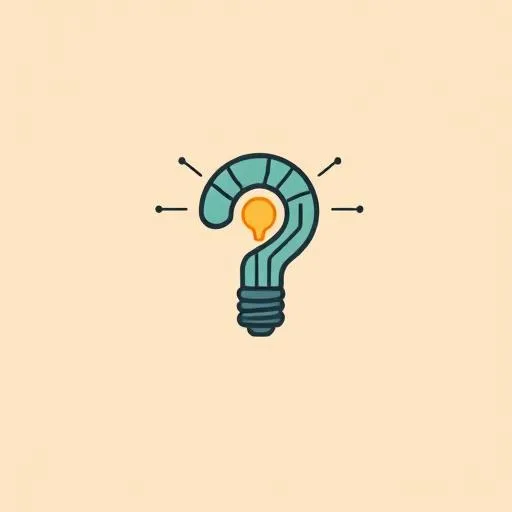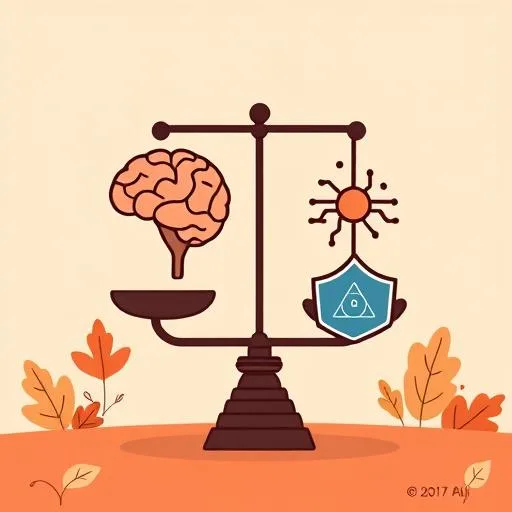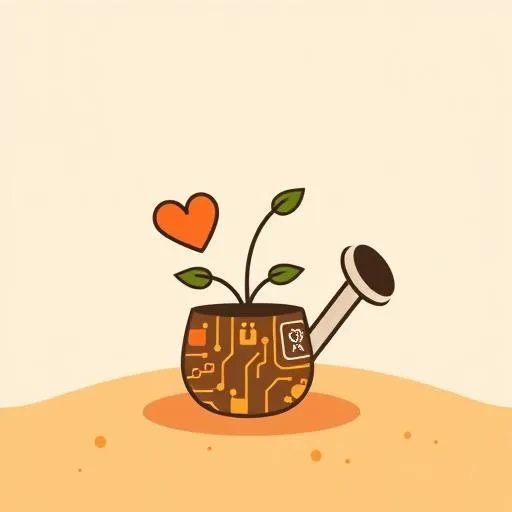
Stanford computer science students shocked Professor Jure Leskovec by requesting handwritten exams when AI tools like GPT-3 emerged. As a dad navigating my child’s education, this shift reveals crucial insights about balancing technology and authentic learning in our kids’ development.
Why Did Stanford Students Question Their Role Amid AI?

Professor Leskovec called it an “existential crisis”—a moment when even Stanford’s brightest tech minds wondered, “What’s our role in a world where AI can do so much?” When GPT-3 landed, it wasn’t just another tool; it shook the foundation of how students saw their own potential. Suddenly, the fear wasn’t about cheating—it was about relevance. If AI could generate research, solve problems, and write code, what was left for them?
That kind of soul-searching hits home. As parents, we want our kids to feel capable, curious, and needed—not sidelined by technology. It’s a reminder that behind every flashy innovation, we’ve got to nurture that human spark: the urge to create, question, and own their learning. This AI moment makes us ask: What makes us uniquely human?
How Did Handwritten Exams Become Students’ Solution?

Here’s the twist: it was the students—especially the teaching assistants who’d recently graduated—who pushed for a return to paper exams. They saw that open-book, digital tests couldn’t capture real understanding anymore; AI could too easily fill in the blanks. Handwriting answers? That forced clarity, deep thinking, and authentic demonstration of skill.
And get this—Professor Leskovec agreed, even though it meant more work grading hundreds of exams by hand! It’s like kimchi and tacos—mixing old and new flavors for the best of both worlds. For our kids, it’s a nudge to balance screen time with tangible experiences—whether it’s sketching ideas, building with blocks, or just talking through a problem together. This choice in tech in learning highlights handwritten exams’ enduring value.
Is AI a Double-Edged Sword for Student Learning?

Research echoes this tension. Studies show students appreciate AI’s help but worry about over-reliance—plagiarism, ethical gray areas, and even whether university education will lose its value. One survey of 399 university students found enthusiasm mixed with caution; they want AI integrated thoughtfully, not as a crutch. Another study highlights risks to critical thinking if we lean too hard on dialogue systems.
So while AI can be an amazing guide—like a friendly co-pilot on family road trips—it can’t replace the driver’s seat of human curiosity. For our little ones, that means encouraging them to ask “why,” explore offline, and value the messy, wonderful process of figuring things out themselves. The future of education demands striking this delicate balance.
How Can Parents Foster Resilience in an AI World?

So how do we prep our kids for a future where AI is everywhere? First, focus on strengths no tool can replicate: empathy, creativity, and problem-solving with heart. Think of it like raising a gardener—tech provides the seeds, but kids still need to till the soil. Try blending digital and analog play; maybe use an AI app to generate story ideas, then act them out with puppets or drawings.
Keep conversations open about what tech can and can’t do—and why their unique ideas matter. Professor Leskovec’s students showed incredible self-awareness; let’s nurture that in our kids too. Encourage them to sometimes choose the harder, hands-on path—whether it’s a puzzle, a craft, or just talking face-to-face—because that’s where resilience grows. This parenting approach builds AI-proof skills for tomorrow.
What’s the Human Advantage in AI-Driven Education?
Watching Stanford’s journey, I’m struck by the hope in their choice. They didn’t reject AI; they reclaimed their voice within it. For our families, it’s a powerful lesson: technology should amplify our humanity, not replace it.
As we guide our kids, let’s celebrate those moments of unplugged discovery—the joy in their eyes when they solve a problem on their own, or the pride in creating something uniquely theirs. Seeing my daughter doodle her ideas instead of asking Alexa reminds me: her messy creations are where hope lives. Maybe, like those students, they’ll learn that the most future-ready skill isn’t just using smart tools—it’s knowing when to put them down and let their own brilliance shine.
After all, the best adventures blend new maps with timeless compasses. Ultimately, human-centered education defines our path forward.
Source: This Stanford computer science professor went to written exams 2 years ago because of AI. He says his students insisted on it, Fortune, 2025/09/07 09:35:00
